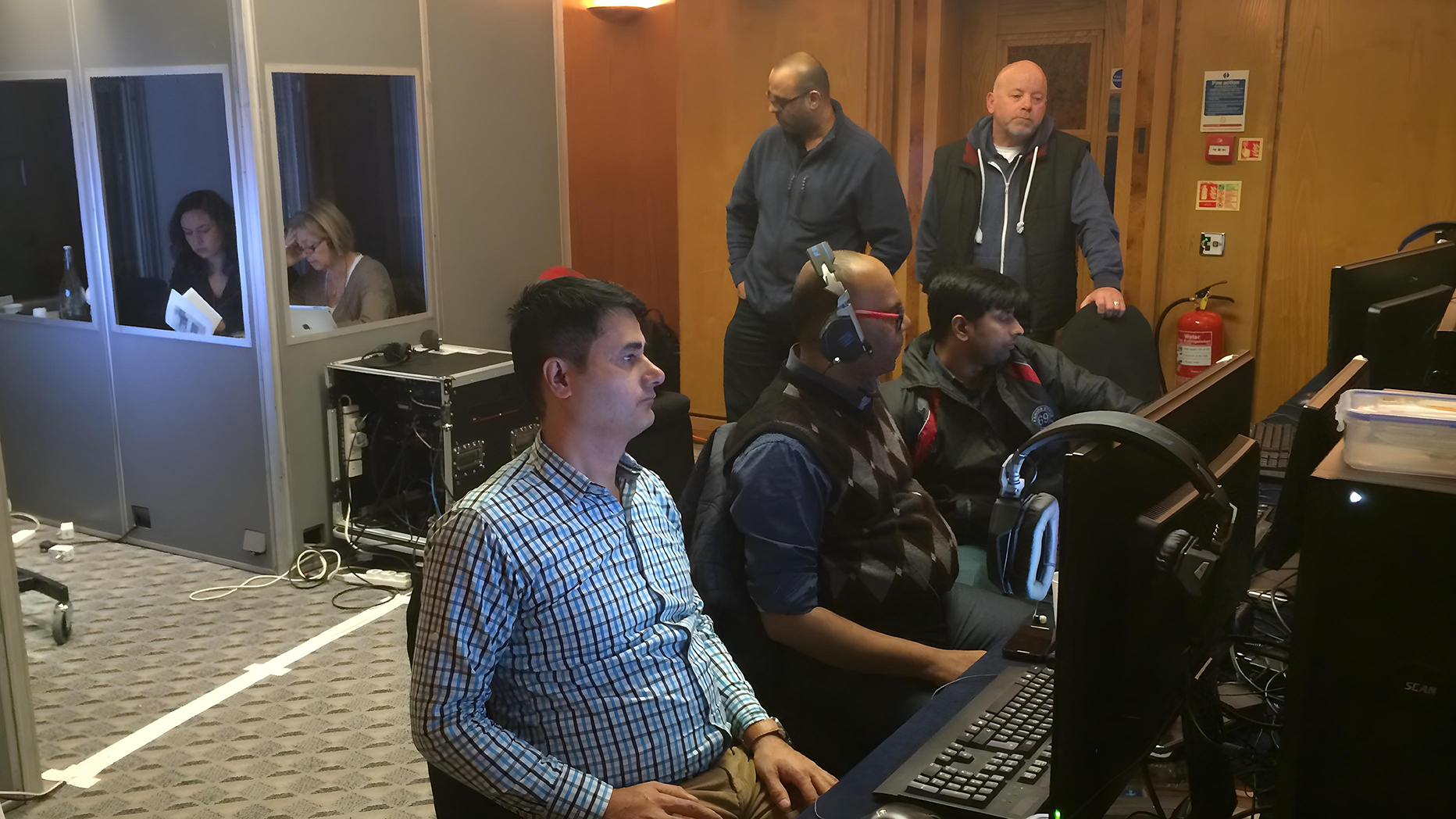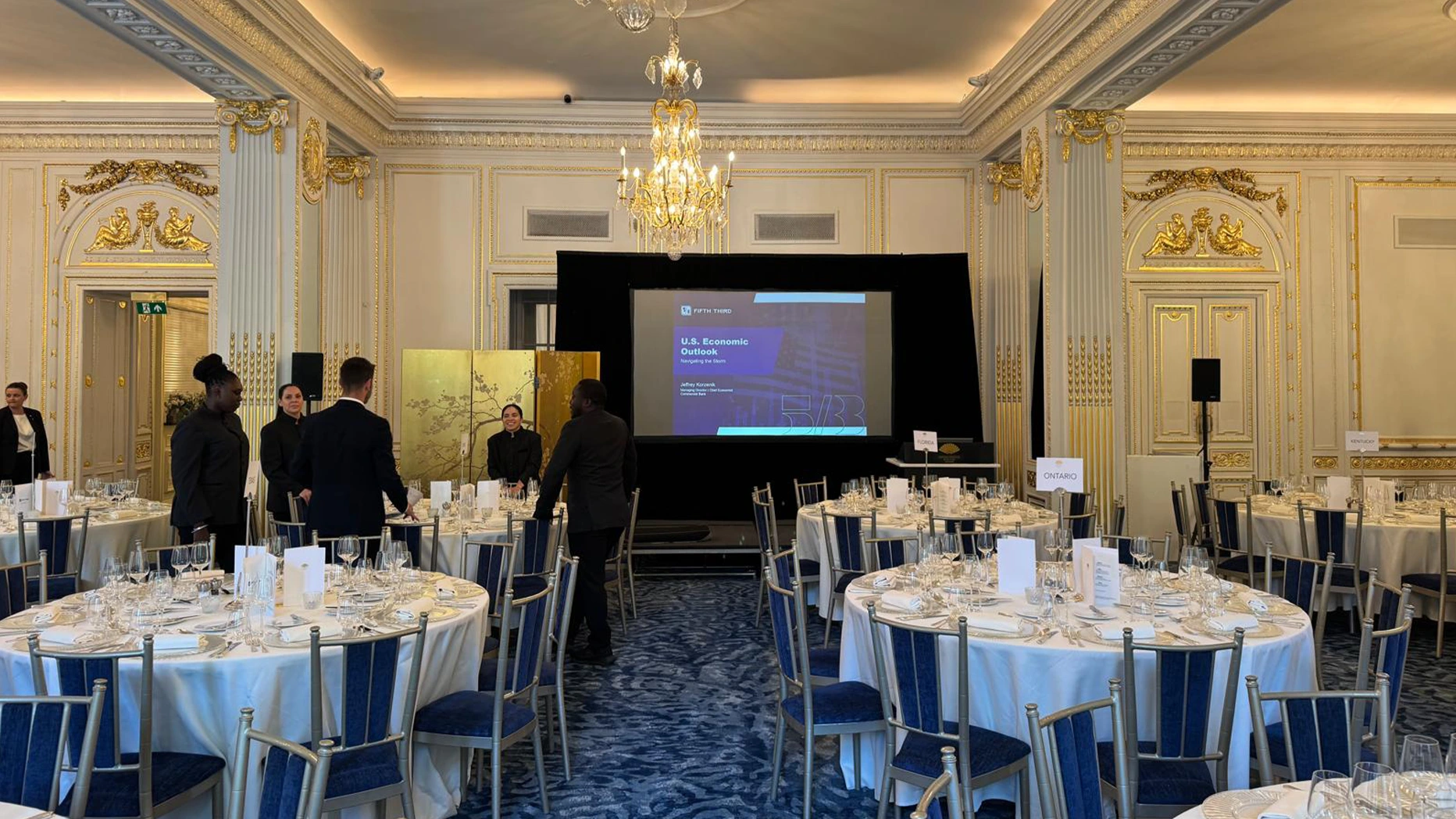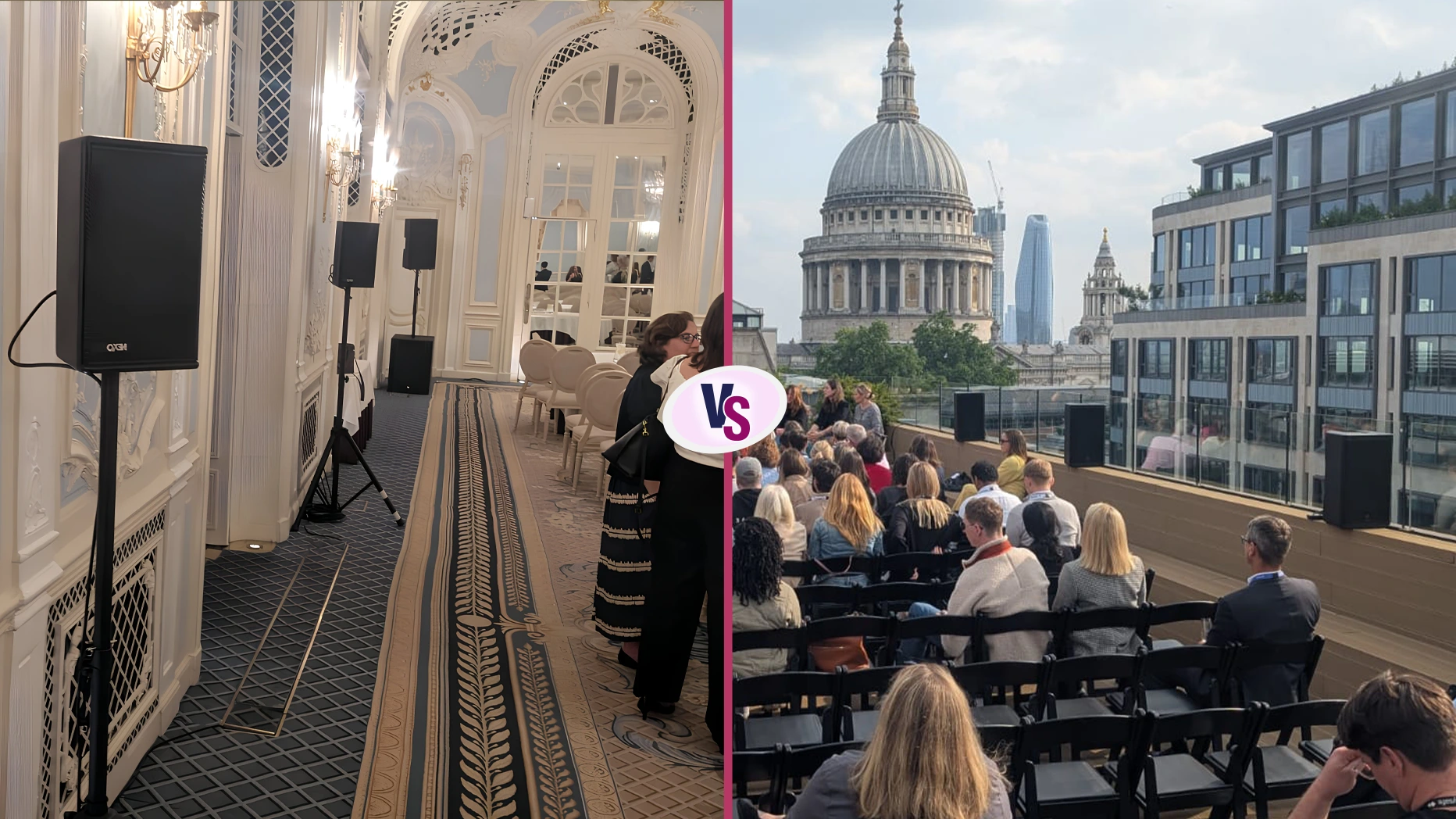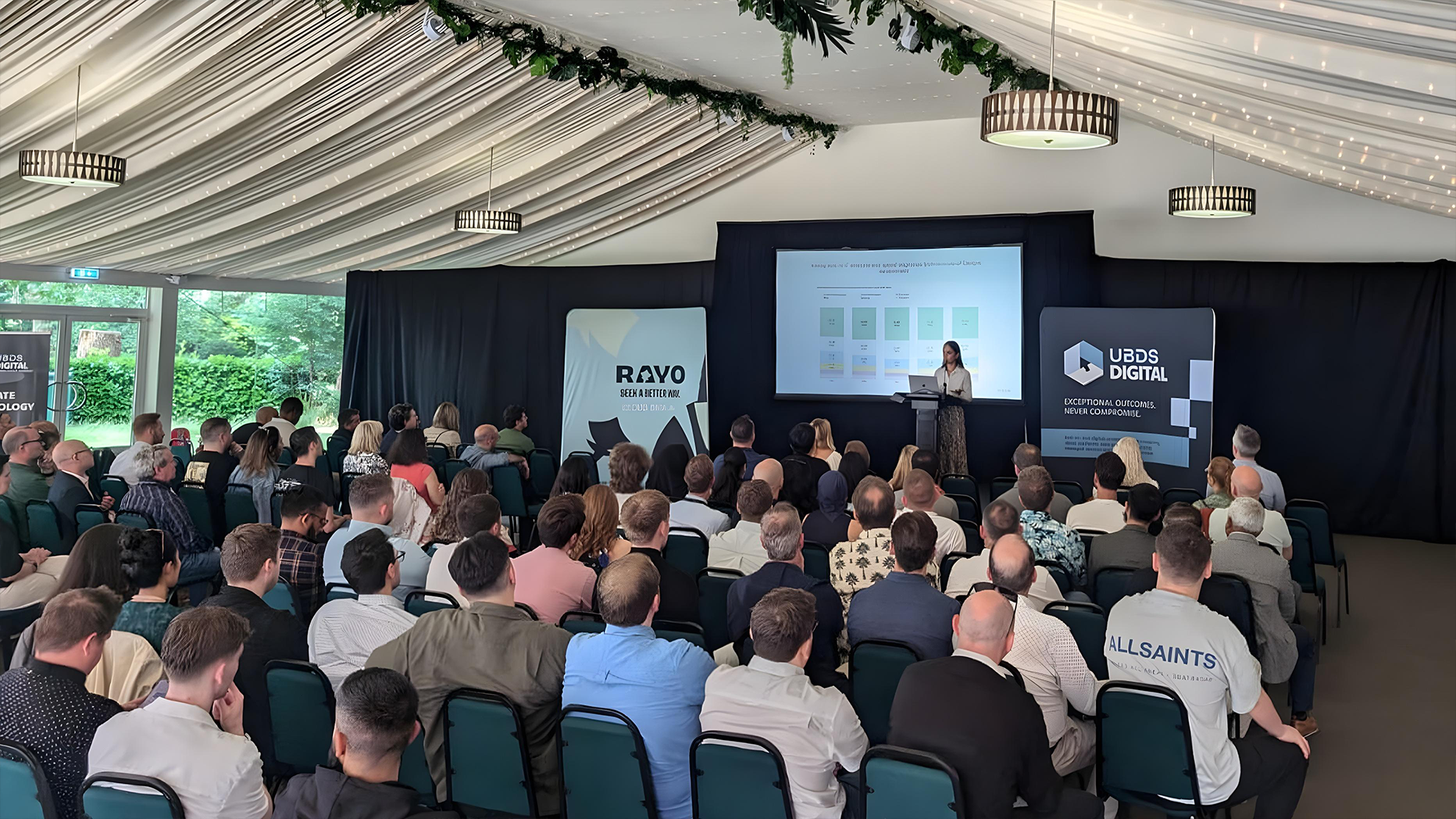Ever wondered why your friend’s movie night felt like a cinema experience while yours felt flat? The secret often lies in the projector setup. Setting up a projector might seem simple, but requires careful attention to detail. There’s a big difference between the image quality of a properly installed projector and one that’s been poorly set up.
A projector installed by professionals enhances the viewing experience, making movies, presentations, and gaming more immersive.
Step by step guide to set up your projector
Don’t let the poorly set up projector ruin your viewing experience. Instead, let us help you DIY easily because every step plays an important role, from positioning to calibration. Here are ten essential steps to ensure your projector works up to the mark.
1. Choose the right location
The placement of your projector is crucial for a great viewing experience. A poorly placed projector can lead to distorted images, poor brightness, and even discomfort for viewers. To get the best results, consider the following:
a. Dimensions of the room
Ensure the room is spacious enough to accommodate both the projector and screen. Check for ceiling height restrictions if mounting the projector overhead.
b. Viewing distance
The optimal viewing distance is 1.5 to 2.5 times the screen width. Sitting too close may strain the eyes, while sitting too far can reduce the clarity of the image.
c. Avoid obstacles
Ensure that no light fixtures, ceiling fans, or objects block the projector’s light path.
d. Good ventilation
Projectors generate heat during operation. Thus, to prevent overheating, ensure proper airflow around the device, and place it in enclosed spaces.
2. Set a quality screen
A great projector is only as good as the screen you use to project onto. A poor-quality screen can result in washed-out colours and low contrast. Here’s what to consider when choosing the right one:
a. Screen size
The screen size should be proportional to the room size and viewing distance. Larger screens work well for bigger spaces, while smaller screens are ideal for compact rooms.
b. Screen gain
Higher gain screens reflect more light, making images brighter but with a narrower viewing angle. Lower-gain screens distribute light evenly, offering a wider viewing angle but slightly dimmer images.
c. Aspect ratio
Match the screen’s aspect ratio with your content. 16:9 is ideal for movies and gaming, while 4:3 works best for presentations.
d. Material type
Consider whether you need a fixed frame, retractable, or portable screen, depending on your usage needs.
3. Adjust height and keystone correction
Projector placement is not just about distance; height and alignment are quite important. Incorrect placement can cause distortion and uneven images. To get a perfect projection:
a. Proper height
Position the projector at the correct height so that the image appears centred on the screen. If the ceiling is mounted, ensure it aligns with the screen centre.
b. Keystone correction
If the projector is at an angle, the image may appear distorted. Hence, use the keystone correction feature to adjust the image and make it rectangular digitally.
c. Lens shift
If available, use the lens shift functions to move the image vertically or horizontally without distorting it.
d. Adjust the throw ratio
Different projectors have different throw ratios, affecting how far they need to be from the screen.
4. Optimised image quality
A crisp and vibrant image enhances the viewing experience. A projector’s default settings may not always provide the best results, so fine-tuning is essential. Here is how you can do this:
a. Zoom and focus
Adjust the zoom and fine-tune the focus controls until the image is sharp and well-defined.
b. Picture mode selection
Projectors offer different modes such as cinema, game, sports, and presentations. Choose the one that best suits your content.
c. Colour calibration
Adjust brightness, contrast, and saturation settings to achieve natural and balanced colours. A well-calibrated projector enhances details and reduces strain on the eyes.
d. Check for lag
If gaming, ensure the input lag is minimised for smoother performance.
5. Connect cables and the sound system
A projector’s video quality is only half the equation; the other part is the audio quality. Many projectors have built-in speakers, but they are often insufficient for an immersive experience. Here is how you can improve audio and connectivity:
a. Secure all cables
Ensure HDMI, VGA, or other cables are properly connected to avoid signal disruptions.
b. Use an advanced audio system
For a better experience, connect an external sound system, bluetooth speakers, or a home theatre system.
c. Check for wireless options
Some projectors support wireless streaming, reducing the need for excessive cables.
d. Use a surge protector
Protect your projector and audio equipment from power surges and fluctuations.
6. Use an alignment image
Getting the image perfectly aligned with the screen can be tricky, especially for first-time users. A test image helps with positioning:
a. Display a test grid
Many projectors include built-in alignment images to assist with screen adjustments.
b. Fine-tune the position
Adjust the projectors’ tilt, zoom, and angle until the test grid is evenly displayed on the screen.
c. Check the corner alignment
Ensure all four image corners are sharp and aligned with the screen.
d. Use manual adjustments
If automatic alignment doesn’t work, manually adjust the projector’s positioning.
7. Clean your projector filters
Projectors accumulate dust over time, which can reduce performance and lead to overheating. Here, remember that regular maintenance is key to longevity.
a. Check filters periodically
Clean the air filters every few months to ensure proper airflow and cooling.
b. Avoid blockages
Do not place the projector in dusty areas or enclosed spaces, as this can trap heat and reduce efficiency.
c. Wipe the lens
A clean lens ensures a sharper image. Thus, use a microfiber clean cloth to clean it gently.
d. Monitor lamp life
If your projector has a replaceable lamp, track its lifespan and replace it when necessary.
8. Tweak the 3d settings
If your projector supports 3d content, adjust the settings properly. It will enhance the visual experience of your content. Moreover, 3d content requires specific configurations:
a. Enable 3D mode
Some projectors require manual activation of 3d settings.
b. Use compatible glasses
Ensure your 3d glasses are designed for your projector’s specific technology (active or passive 3d).
c. Adjust brightness
3d images often appear darker, so increasing brightness levels can improve visibility.
d. Check the refresh rate
Higher refresh rates reduce flickering and enhance 3d depth perception.
9. Experiment with placement for the best view
The best projector placement is not always the most obvious. Experiment with different locations to determine the best projection angle and clarity:
a. Try different heights
Adjust the height slightly if the image is not clear.
b. Avoid shadow
Place the projector high enough to prevent a shadow on the screen.
c. Minimise Reflection
Avoid reflective surfaces that can cause glare.
d. Use a ceiling mount
Consider a ceiling mount for better positioning.
10. Control lighting for the best contrast
Ambient light can impact the quality of projected images. Reducing light levels ensures a better contrast ratio and enhances colours.
a. Turn off overhead lights
Dimming or switching off room lights can significantly improve image clarity.
b. Use blackout curtains
Block out natural light with heavy curtains or blinds.
c. Use bias lighting
Soft ambient lighting behind the screen can ease eye strain without removing the image.
d. Control light placement
Avoid placing lamps or bright lights directly opposite the screen.
Final thoughts
Now that you know how to set up your projector like a pro, it’s time to sit back and enjoy the perfect viewing experience. Whether you’re hosting a movie night, presenting to a crowd, or diving into a gaming session, the right setup makes all the difference.
So dim the lights, grab popcorn, and let the show begin.






